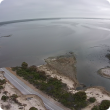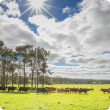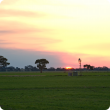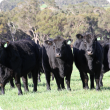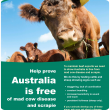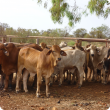Filter by regions:
- (-) Remove South West filter South West
- (-) Remove Wheatbelt filter Wheatbelt
- Great Southern (235) Apply Great Southern filter
- Mid West (226) Apply Mid West filter
- Goldfields-Esperance (216) Apply Goldfields-Esperance filter
- Peel (214) Apply Peel filter
- Perth regions (189) Apply Perth regions filter
- Gascoyne (148) Apply Gascoyne filter
- Pilbara (133) Apply Pilbara filter
- Kimberley (129) Apply Kimberley filter

